Hurricane vs Tsunami: Which One is More Destructive?
Natural disasters are powerful forces of nature that can cause mass destruction, but when it comes to hurricanes vs tsunamis, there’s often confusion about which is stronger. Both can cause significant damage and loss of life, but they differ in their origins, how they form, and the types of damage they can cause. So, which one is more destructive?
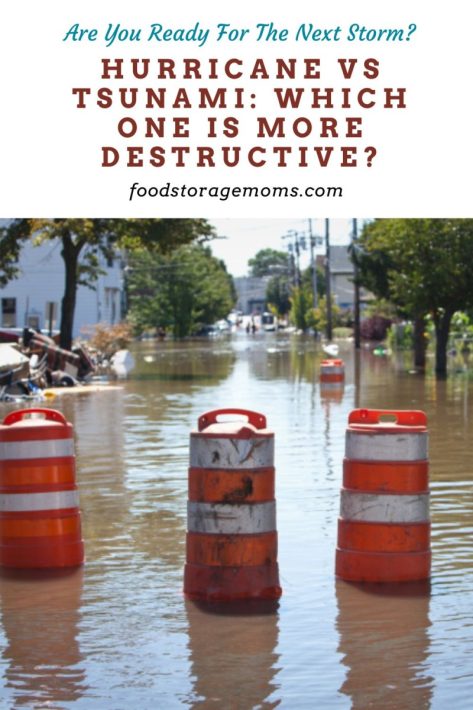
Hurricane vs Tsunami
Understanding Hurricanes
Hurricanes, also known as tropical cyclones, are massive storms characterized by a rotating spiral of thunderstorms. They form over warm ocean waters and are driven by the heat energy from these waters. The storm system grows more intense as it moves, producing heavy rainfall, high winds, and flooding.
The Strength of Hurricanes
The strength of a hurricane is measured using the Saffir-Simpson Hurricane Wind Scale, which ranges from Category 1 (winds of 74-95 mph) to Category 5 (winds of 157 mph or higher). The destructive power of a hurricane primarily comes from its high winds, which can cause significant structural damage, and heavy rainfall, which can lead to severe flooding.
Understanding Tsunamis
Tsunamis are large waves triggered by underwater activity such as underwater earthquakes, volcanic explosions from eruptions, or landslides. Unlike normal ocean waves, a tsunami generally takes the form of a series of waves that can travel across entire ocean basins at high speeds like the ones that hit Japan and Indonesia a number of years ago. That part of the world seems to experience tsunamis activity more frequently than others.
You would be hard-pressed to equate tsunamis activity in any way with the effects of climate change. Underwater earthquakes and volcanic activity are more related to shifts in the physical earth’s makeup. Whereas hurricanes relate to changing temperatures throughout the world and the influence those temperatures have on wind currents and ocean water.
The Strength of Tsunamis
A tsunami’s strength isn’t measured by wind speed like a hurricane. Instead, it’s determined by the size of the waves and the amount of water displaced. The destructive power from the displacement of water as part of a tsunami comes from the immense volume of water that can inundate coastal areas, causing widespread flooding and destruction.
We often hear about the importance of a tsunami warning system. The sirens blasting over the area where the anticipated tsunami will reach landfall are designed to give the population an immediate alert since the tsunami generally doesn’t take long to form and travel to land quickly. That has been one of the recent complaints about the wildfire damage in some areas since they residents don’t always receive any kind of warning or notice of danger.
Destructive Power: Hurricane vs Tsunami
Comparing the strength of a hurricane versus a tsunami isn’t straightforward because they impact areas in different ways. While hurricanes primarily cause wind damage and flooding from rainfall, tsunamis cause damage through flooding from sea surges.
A powerful hurricane can cause widespread damage over a large area for several days, while a tsunami can cause catastrophic damage in a matter of minutes. However, the extent of a tsunami’s damage is often localized to coastal areas, whereas a hurricane can impact larger regions, including areas inland.
Can a hurricane turn into a tsunami?
No, a hurricane cannot turn into a tsunami. While both are powerful and destructive natural phenomena, they are fundamentally different in nature. Hurricane Items You Must Have Before It Hits
Can a hurricane hit a volcano?
Yes, a hurricane can hit a volcano, but the outcomes are not as wild as one might imagine. If a hurricane hits an active volcano, in most cases, it doesn’t trigger the volcano to erupt or stop one that is already erupting. Be Prepared for a Hurricane What it might do is carry the smoke or ash from the volcanic eruption a further distance than normal.
Can a hurricane destroy an island?
Yes, a hurricane can cause severe property destruction on an island, depending on its intensity and the island’s resilience to such disasters. There have been instances in history where hurricanes have caused significant damage to islands. How to Prep for Hurricane Season
Hurricane vs Tsunami: What damage can a hurricane do?
- Wind Damage: The strong winds of a hurricane can damage or destroy office buildings and homes, infrastructure like the power grid, and vegetation. Winds can tear off roofs, uproot trees, and turn loose debris into dangerous projectiles. These aren’t just gusts of wind, they are sustained winds that stay at high speeds for hours. It is the continuation of the winds with no letup that ultimately shakes things apart.
- Rainfall-Induced Flooding: Hurricanes often bring torrential rain, which can cause significant flooding. This flooding can lead to water damage in homes and buildings, disrupt transportation, and even lead to loss of life. Flooding: Everything You Need to Know The rainfall totals anticipated from Hurricane Hilary on the West Coast some time ago was between 2 to 10 inches. States like Nevada and Arizona don’t get much more than 10 inches of rain in a full year, so to get it in just a few days is significant.
- Storm Surge: A storm surge is a rapid rise in sea level that occurs when a hurricane pushes a large volume of ocean water onto land. This can lead to severe coastal flooding, erosion of beaches, and damage to properties and infrastructure along the coast. This is the one area of destruction that is similar between hurricanes and tsunamis since they both bring high volumes of water as they make landfall.
- Landslides and Mudslides: In areas with hilly or mountainous terrain, the heavy rains from a hurricane can saturate the ground and trigger landslides or mudslides, causing further destruction. How to Use Rain Water at Home
- Economic Impact: Beyond the physical damage, hurricanes can also have a significant economic impact. They can disrupt local economies by causing business closures, job losses, and damage to key industries like tourism and agriculture.
- Environmental Impact: Hurricanes can also cause environmental damage. For example, they can lead to oil spills, damage to wildlife habitats, and changes in landscapes.
Hurricane vs Tsunami: What damage can a tsunami do?
- Flooding: Tsunamis generate massive waves that can inundate coastal areas, flooding homes, buildings, and infrastructure. The force of the water can submerge entire communities and cause extensive damage.
- Destruction of Infrastructure: The powerful waves of a tsunami can destroy or severely damage buildings, bridges, roads, power grid sub-stations, and other critical infrastructure. Structures may collapse or be swept away by the force of the water, leading to significant losses.
- Loss of Life: Tsunamis pose a significant risk to human life. The force and speed of the waves can drown and injure individuals caught in their path. Sadly, tsunamis have claimed countless lives throughout history. Largest Tsunami in the USA in history.
- Coastal Erosion: Tsunamis can erode coastlines and strip away sediment from beaches, altering the natural landscape. The powerful currents and debris carried by the waves contribute to the erosion process. 13 Prepping Tips if You Live By the Beach
- Environmental Impact: Tsunamis can have a severe impact on the environment. They can damage coral reefs, destroy coastal habitats, and introduce pollutants into the marine ecosystem. The disruption to ecosystems can have long-lasting effects.
- Economic Consequences: The economic impact of a tsunami can be extensive. It can result in the loss of businesses, disruption of industries such as fishing and tourism, and require substantial financial resources for recovery and rebuilding efforts.
Which areas are more prone to experiencing hurricanes?
The number and duration of hurricanes around the world differ every year, but typically, we’ll see approximately 80 tropical cyclones on a global basis annually, with about 25 achieving a hurricane designation. From an activity standpoint, the western Pacific Ocean is the most active due to the huge size of warm ocean water. On the other side of the continental United States is the Atlantic Ocean with a much smaller geographic area and fewer hurricanes. The North Atlantic Ocean seldom experiences hurricanes since the water is much cooler throughout the year.
As we hear on the radio and TV, Southern Florida, the Caribbean, the Gulf of Mexico, and the Gulf areas of Louisiana and Texas are the most prone to severe hurricanes each year. You seldom hear of any hurricane activity in the Northwest Pacific region.
What does the term El Nino mean and what does it have to do with hurricane formation?
I’m not a scientific person, but it is my understanding that El Nino is a unique weather phenomenon where the surface temperatures in the ocean become higher than normal, and it usually starts near the equator in the East Pacific Ocean. Weather experts use the term to describe a period when there is more hurricane activity in the eastern Pacific and less activity in the Atlantic Ocean, Caribbean Sea, and Gulf of Mexico.
More Natural Disaster Tips
Final Word
Determining whether a hurricane or a tsunami is stronger depends on how you define ‘strength.’ If we consider the speed and volume of water involved, a tsunami can be considered stronger. However, if we look at the duration and impact, a hurricane might take the lead. Both are powerful forces of nature whose power is awe-inspiring and terrifying. I sure hope we are all able to be prepared in time. May God Bless this World, Linda
Copyright Images: Hurricane on the Beach AdobeStock_160614893 By drew, Flooded Street AdobeStock_125238233 By bartsadowski



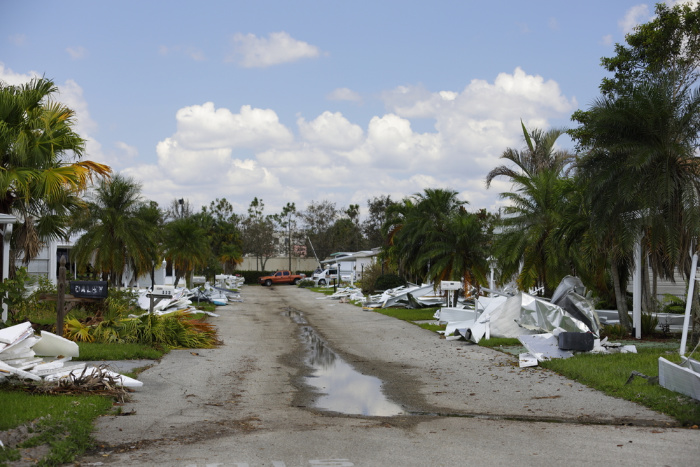
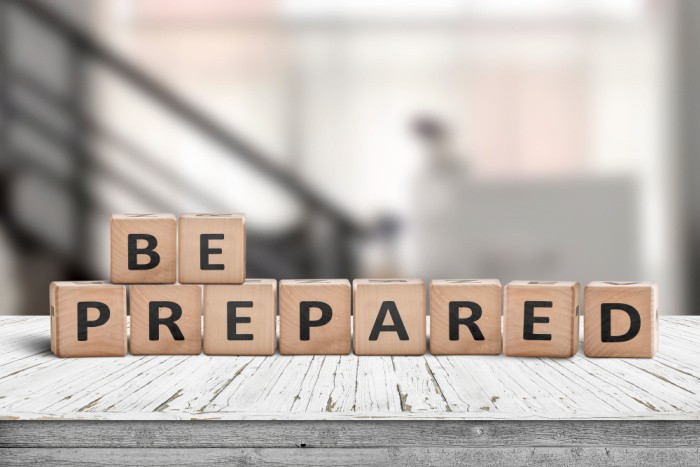
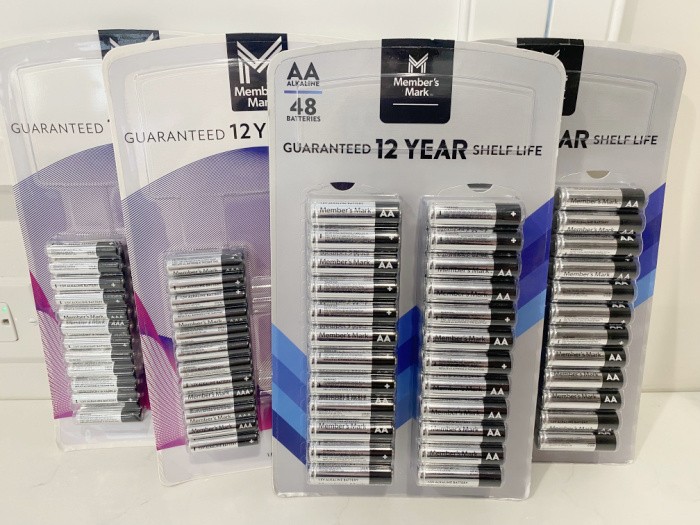




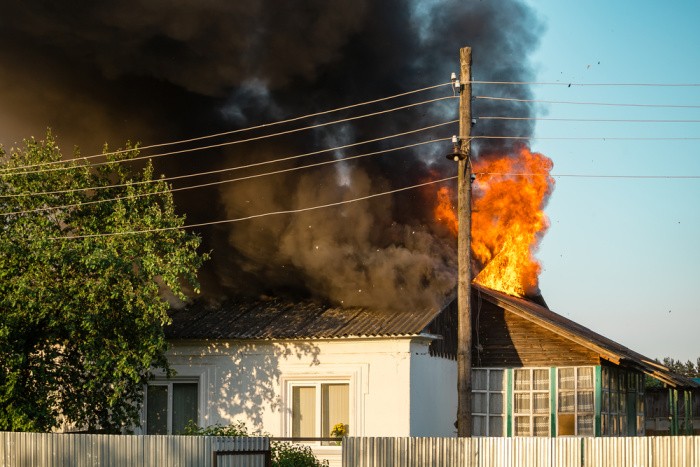
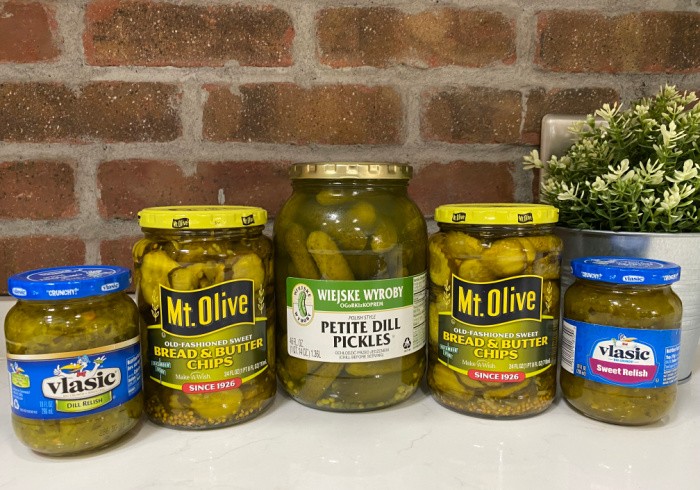

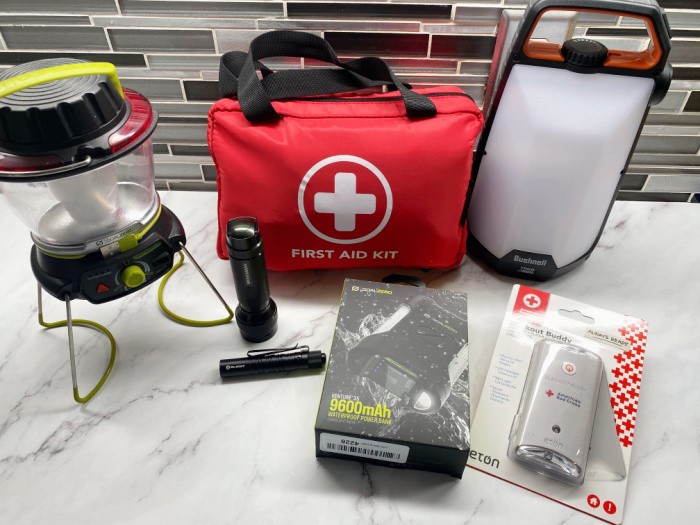
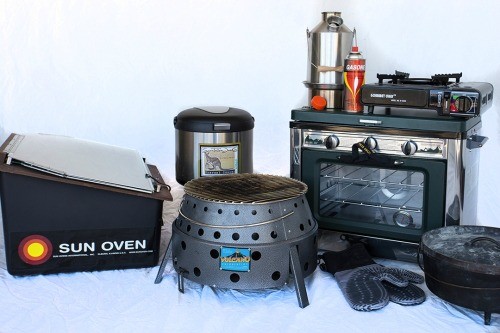
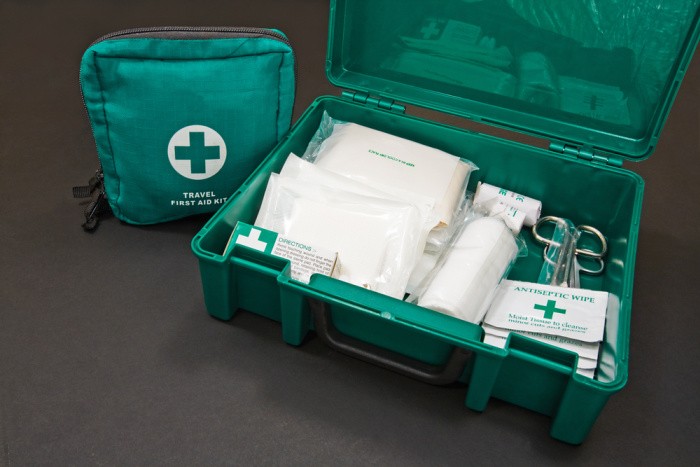
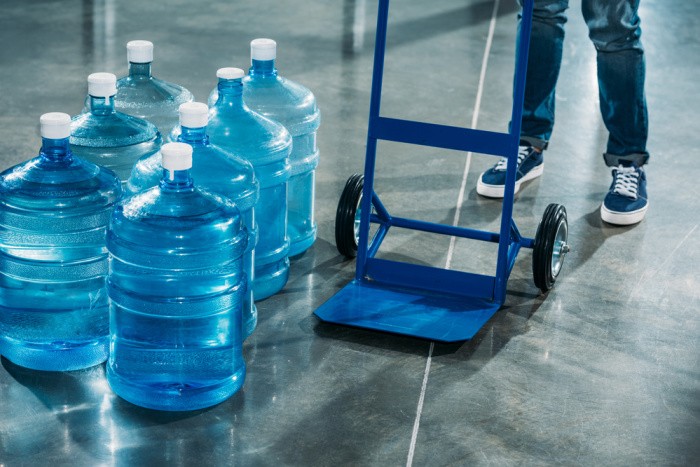



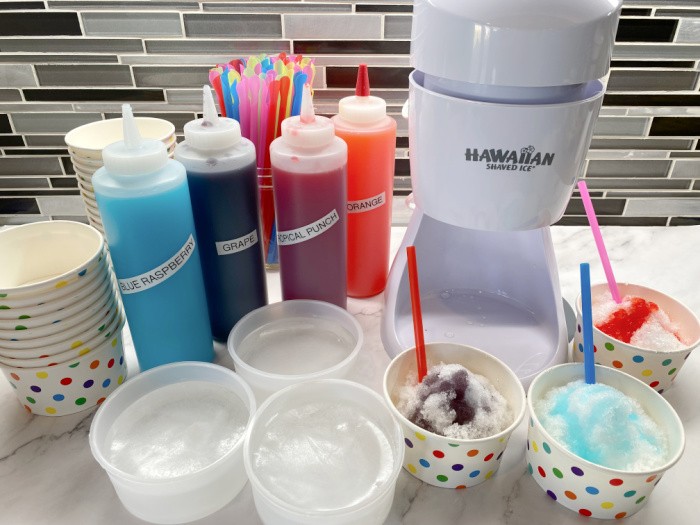

Linda,
My understanding is the lack of Tsunami warning signal for the Maui wildfire was that the electric lines were down so the warning couldn’t be sounded. Seems like a major oversight not to have an automatic backup power supply for such an important safety feature.
In a way, that wildfire was caused by a hurricane as the winds are probably what downed the power lines that touched the fire off.
Oh, and another thing that can cause tsunamis is asteroid impacts in the ocean.
HI Ray, yes, I heard that as well. The news mentioned last night the guy who had very little experience in emergency preparedness who was in charge of the warning signals has since resigned. He could have “pushed the button” but he was afraid the people would run up to the mountains because the alarm is usually for Tsunamis. He did not push it, is my understanding. Yikes asteroid impacts in the ocean, wow! Linda
Linda, upon consideration I think tsunamis are more destructive. When was the last time a hurricane caused 250,000+ deaths, like the Indonesian tsunami did.
Hi Ray, oh you are so right, that Indonesian tsunami was horrendous! Thank for the reminder. Linda
Hi reading your article you stated that a hurricane can not become a typhoon, but yes they can all it has to do is cross the International Date Line, and it becomes a typhoon. I enjoy your articles Thank you
Hi D. Eileen, thank you for correcting me, I really appreciate it. I can’t imagine being near a Typhoon! Linda
I lived in Hawaii for many years. Thank goodness I lived on the Big Island when Hurricane Iniki hit the island of Kauai. It devastated the island and some of Oahu back in September of 1992. I had friends that went to Kauai for months and months helping the people there. Iniki was the costliest hurricane to hit the State of Hawaii.
HI D. Eileen, wow, I had forgotten the Hurricane Iniki, category 4, yikes! I love Hawaii, it is so beautiful! Linda